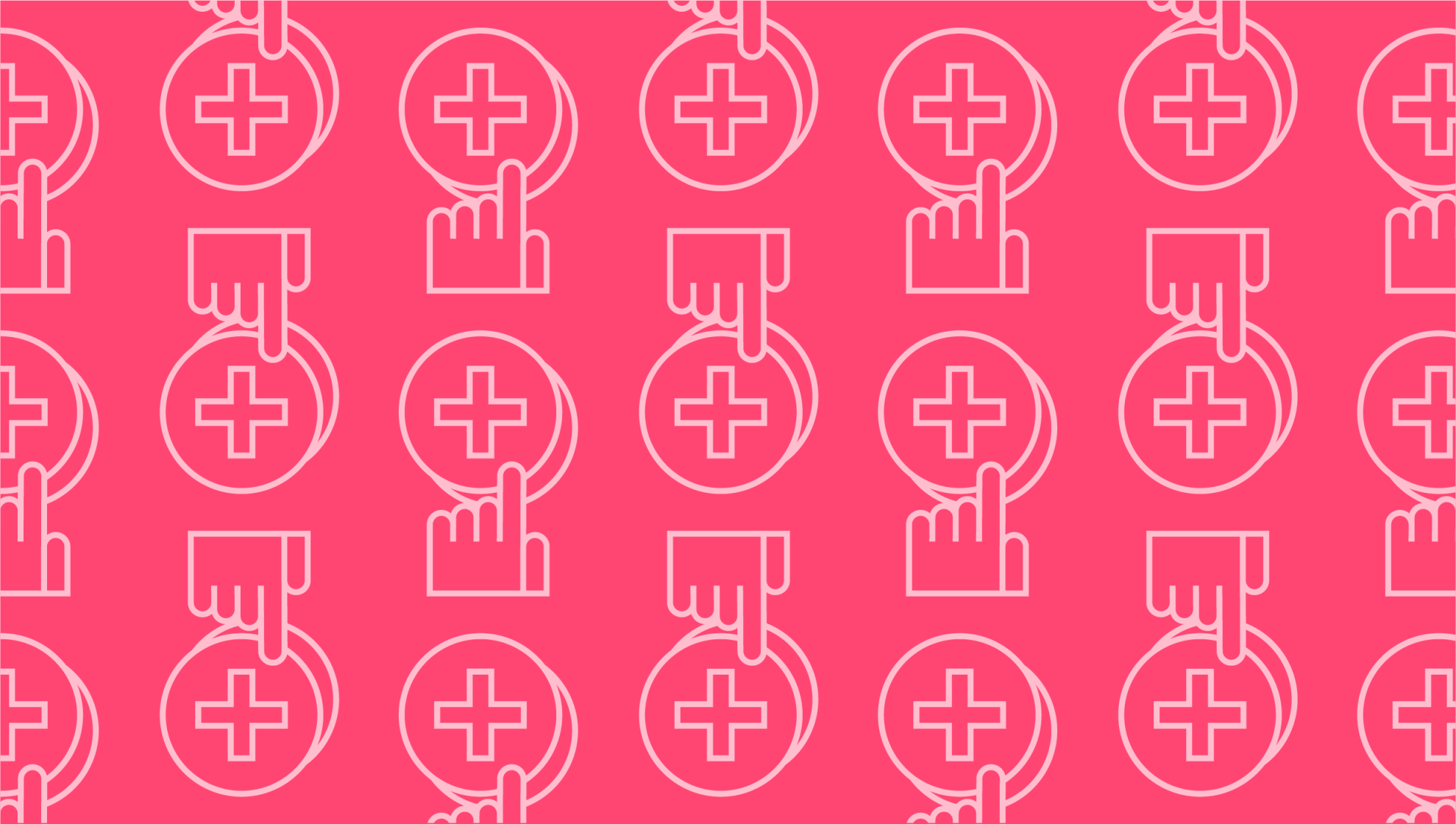
The supply and demand curve
Last editedNov 20202 min read
Supply-and-demand is an essential concept in any business. Simply put, supply is the amount of product a seller has available to sell, while demand is the amount that the buyers wish to purchase. A supply and demand curve help you understand the intersection of these two figures and find your equilibrium – also known as the “sweet spot.”
Supply curve vs. demand curve
The supply curve typically demonstrates the link between the purchase price and the amount supplied. Suppliers are often willing to supply more product at a higher price point because of the potential profit to be made. This shows as an upward-sloping curve on your graph.
The demand curve also typically shows a direct correlation between purchase price and amount purchased. The more expensive a product is, the less people will be able to afford it and the less of it individuals will purchase. This is known as an “inverse correlation” and presents as a downward-sloping curve on your graph. Of course, where a product is in high demand, producers may choose to put up the price. While this can decrease the demand, your graph may demonstrate that this is still within scope for the organisation. This is why it’s so important to know where your equilibrium lies.
The equilibrium shows you where your supply and demand curves intersect. This is the point at which all stock is being sold and there is no demand unmet. This demonstrates that you’re maximizing your potential revenue – both by avoiding missing out on sales because of stock shortages and by eliminating the cost of unsold products.
What is the purpose of a supply and demand graph?
A supply and demand curve helps you see how efficiently you’re managing your stock at a glance. It shows where you may be wasting product or, conversely, where you may be missing out on potential sales because of a lack of stock. You can use this information to decide what your price point should be, how much stock you should be buying in and to predict your future sales and set achievable targets. You can also see changes in patterns and trends that may reflect on consumer demand or interest in your product that you can then incorporate into your inventory strategy.
What is the aggregate supply and demand curve?
An aggregate supply and demand curve gives a more general overview of the economy rather than a specific supplier. This can be useful for understanding industry trends and your business’ place within them, as well as for getting a clear picture of the national GDP (gross domestic product). In a similar way to regular supply and demand, the aggregate supply figure demonstrates how much of a particular product suppliers are producing and offering in a set period, while the aggregate demand figure shows how much consumers are willing to purchase and at what price.
What causes a supply and demand curve shift?
There are a number of factors that can impact supply and demand and therefore the trends you’re seeing in your supply and demand graph. An important factor that impacts demand is income, which is obviously linked to the price point that consumers are willing to pay. Similarly, scarcity is one of the defining factors that can impact the supply of a particular product. This can also shift with legislation and cultural factors that may make production or sales more difficult. It is also worth noting the ways in which supply and demand can impact one another. For example, an increased demand is likely to drive up supply.
We can help
GoCardless helps you automate payment collection, cutting down on the amount of admin your team needs to deal with when chasing invoices. Find out how GoCardless can help you with ad hoc payments or recurring payments.

